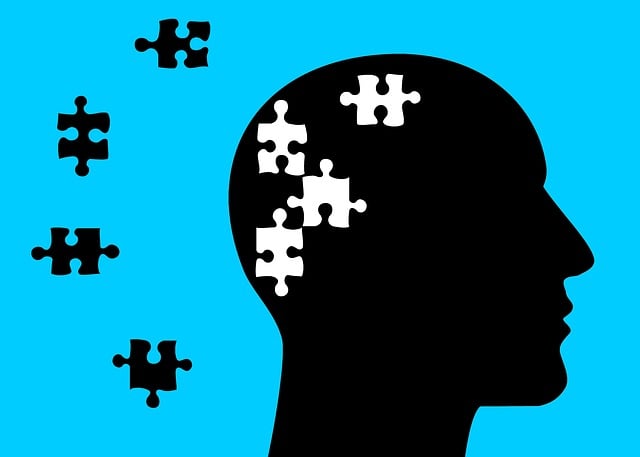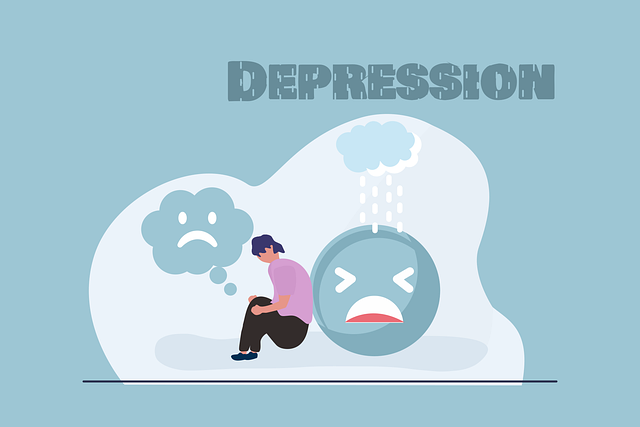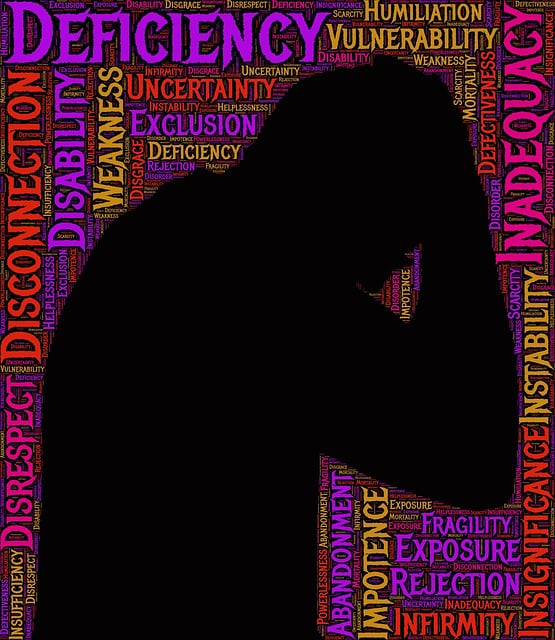Golden Major Life Transitions Therapy (GMLTT) prioritizes client safety through comprehensive risk assessment, identifying and minimizing potential hazards in therapy settings. This approach, combining compassion cultivation, burnout prevention, and mindfulness techniques, fosters resilience and well-being during life's major changes. Effective harm minimization strategies involve regular risk evaluations, community outreach, and conflict resolution skills, enhancing therapeutic outcomes and public mental health education.
Risk assessment and harm minimization planning are essential components of safe therapeutic practice. This comprehensive guide explores critical aspects of ensuring client well-being, especially during Golden Major Life Transitions Therapy. We delve into understanding risk assessment as a cornerstone of safe practices, navigating the unique challenges of major life changes, identifying potential harms in therapeutic settings, and implementing effective strategies to minimize risks. By adopting these measures, therapists can foster a secure environment conducive to positive client outcomes.
- Understanding Risk Assessment: A Cornerstone of Safe Practice
- Golden Major Life Transitions Therapy: Navigating Change with Care
- Identifying and Mitigating Harms in Therapeutic Settings
- Implementing Effective Harm Minimization Strategies
Understanding Risk Assessment: A Cornerstone of Safe Practice

Risk assessment is a foundational element of safe practice across various fields, and Golden Major Life Transitions Therapy (GMLTT) is no exception. It involves meticulously evaluating potential risks and hazards within a therapeutic setting to ensure client safety. By systematically identifying, analyzing, and prioritizing these risks, therapists can implement targeted harm minimization strategies. This proactive approach not only safeguards clients but also fosters an environment conducive to mental health awareness and compassion cultivation practices.
In GMLTT, understanding risk assessment is paramount for effective mood management. Therapists must consider both inherent risks associated with specific therapeutic techniques and contextual factors unique to each client’s journey. Through comprehensive risk assessments, practitioners can tailor interventions, ensuring that the benefits of therapy outweigh potential drawbacks. This holistic perspective empowers therapists to make informed decisions, enhancing overall therapeutic outcomes while cultivating a safe and supportive space for clients’ emotional well-being.
Golden Major Life Transitions Therapy: Navigating Change with Care

Major life transitions can be both exhilarating and daunting, often leading to a range of emotional responses from excitement to apprehension. Golden Major Life Transitions Therapy (GMLTT) offers a unique approach to navigating these changes with care. This therapeutic practice focuses on helping individuals manage the complexities of significant shifts in their lives, such as career changes, major life events, or even recovery from illness. By fostering self-awareness and compassionate understanding, GMLTT empowers people to adapt and thrive amidst transition.
Integrating evidence-based techniques like compassion cultivation practices and burnout prevention strategies for healthcare providers, GMLTT equips individuals with the tools necessary to combat potential pitfalls like depression prevention. Through mindful navigation of these transitions, individuals can cultivate resilience and find meaning in their experiences, ensuring a smoother journey towards personal growth and enhanced well-being.
Identifying and Mitigating Harms in Therapeutic Settings

In therapeutic settings, identifying and mitigating potential harms is a critical aspect of risk assessment and harm minimization planning. This process involves a comprehensive evaluation of various risks associated with different therapy types, particularly during Golden Major Life Transitions Therapy. Therapists must be vigilant in recognizing and addressing immediate as well as long-term hazards that could negatively impact clients’ well-being. By implementing robust safety protocols, such as regular risk assessments and crisis management plans, therapists can foster a secure environment conducive to healing.
Compassion cultivation practices play a pivotal role in mitigating harms by enhancing the therapeutic relationship and promoting client resilience. Additionally, burnout prevention strategies are essential to ensuring that both clients and therapists remain engaged and motivated throughout the treatment process. Public awareness campaigns development can further contribute to harm minimization by educating the public on the importance of mental health and providing resources for early intervention, thereby reducing the severity of potential issues in therapeutic settings.
Implementing Effective Harm Minimization Strategies

Implementing effective harm minimization strategies is a multifaceted approach that integrates various therapeutic techniques and community engagement tactics. For individuals navigating Golden Major Life Transitions, such as divorce or job loss, integrating mindfulness meditation into daily routines can significantly mitigate stress and emotional turmoil. This ancient practice encourages present-moment awareness, fostering resilience against challenging life events.
Complementing individual therapy with Community Outreach Program Implementation further strengthens harm minimization efforts. By connecting with like-minded individuals and supportive groups, those experiencing significant transitions gain access to a network of resources. Additionally, integrating conflict resolution techniques empowers individuals to navigate interpersonal challenges constructively, enhancing their overall well-being during these pivotal moments in life.
Risk assessment and harm minimization planning are essential components of safe therapeutic practice, especially during Golden Major Life Transitions. By understanding and implementing strategies outlined in this article, therapists can navigate changes with care, identify potential harms, and mitigate risks effectively. This approach ensures a supportive environment, fostering positive outcomes for clients navigating significant life shifts.














